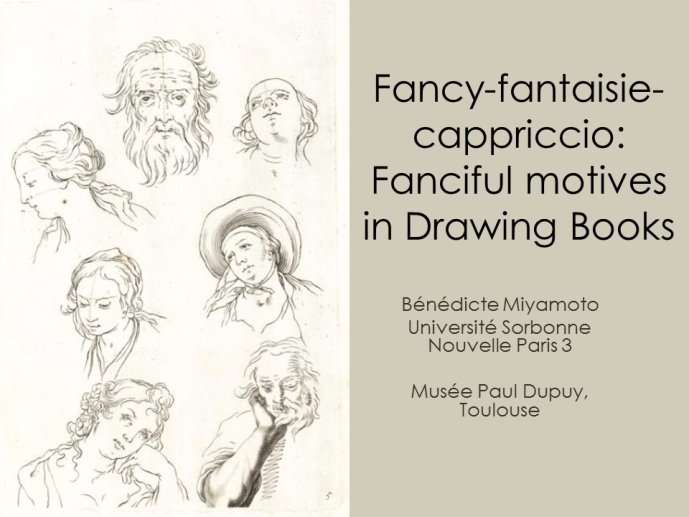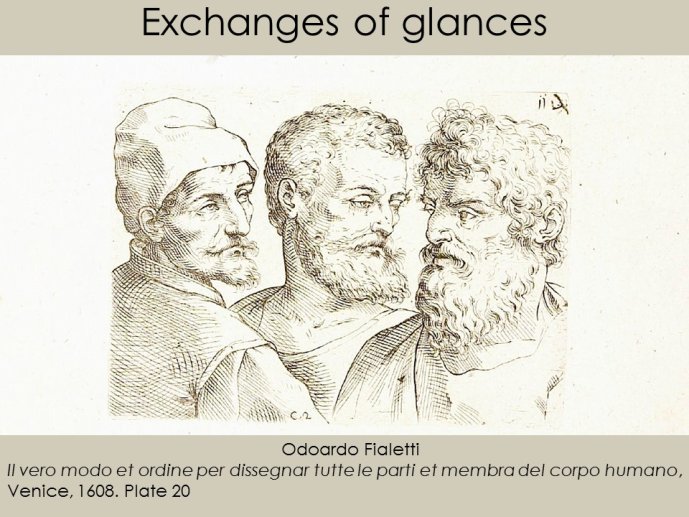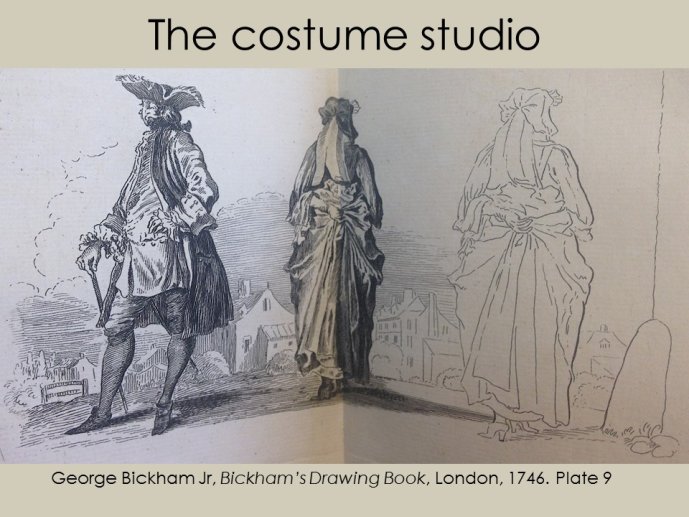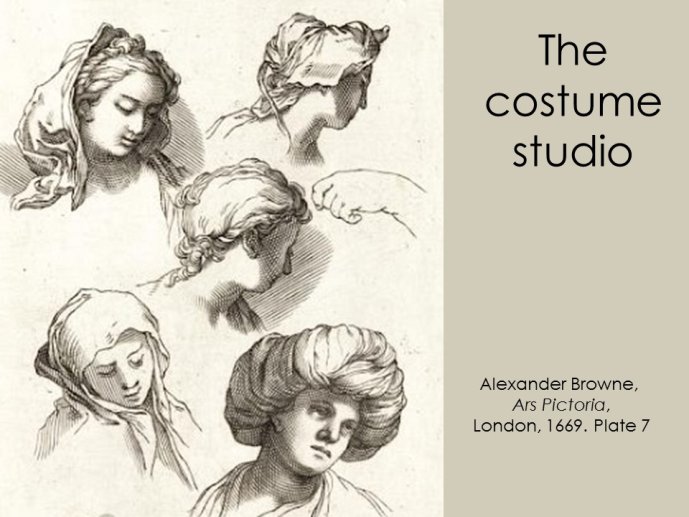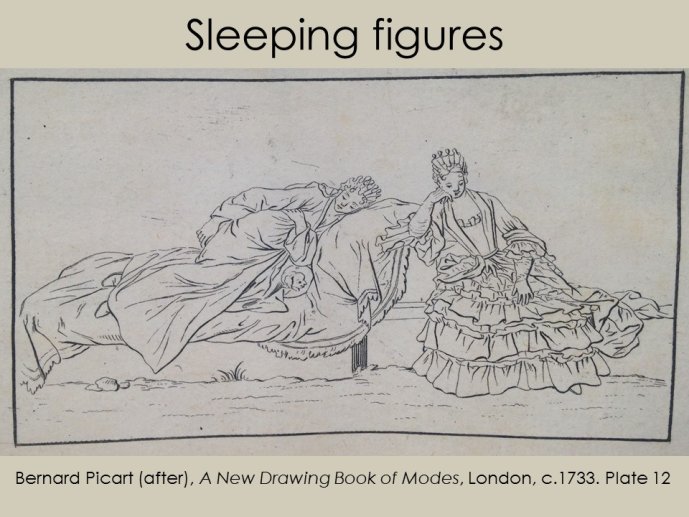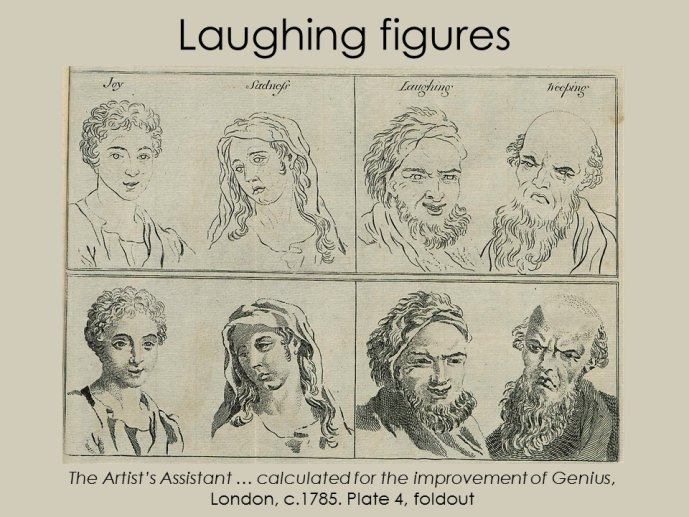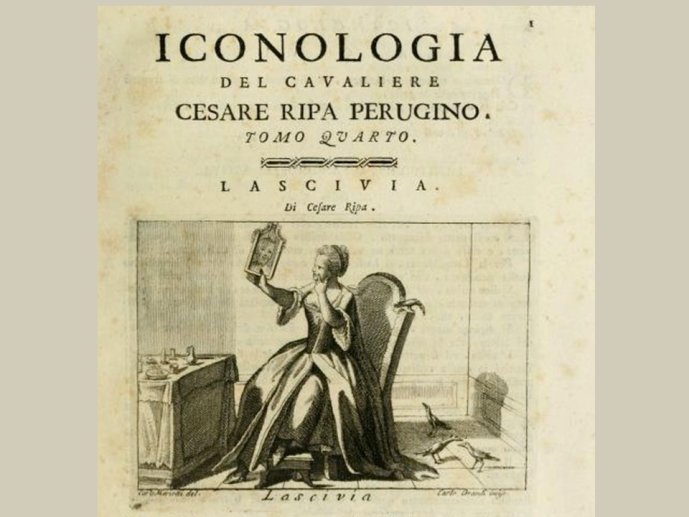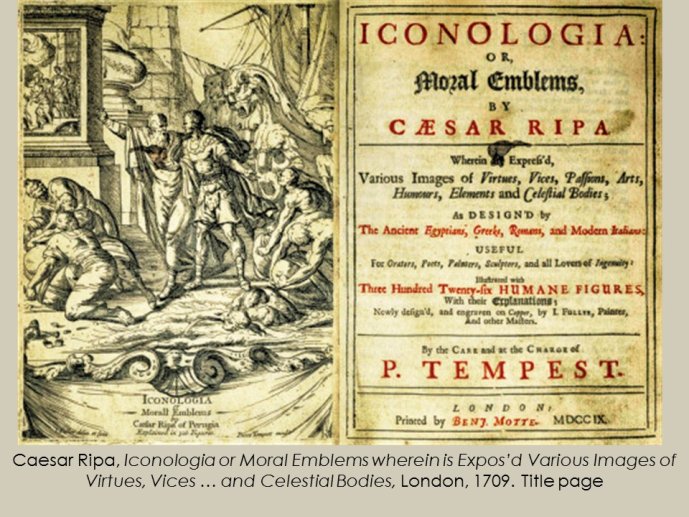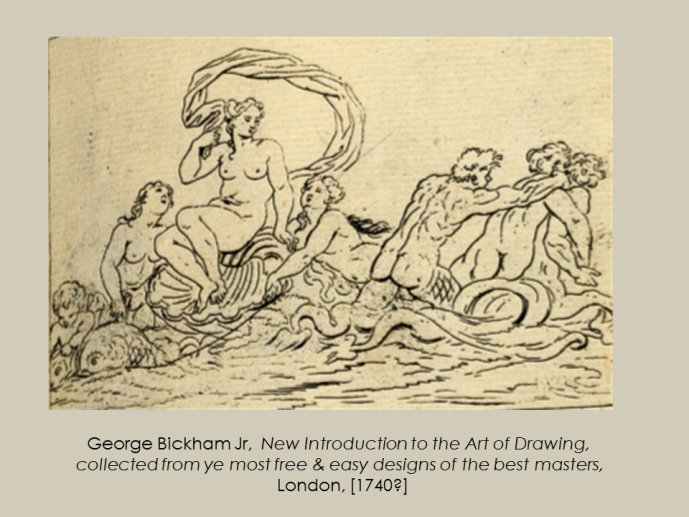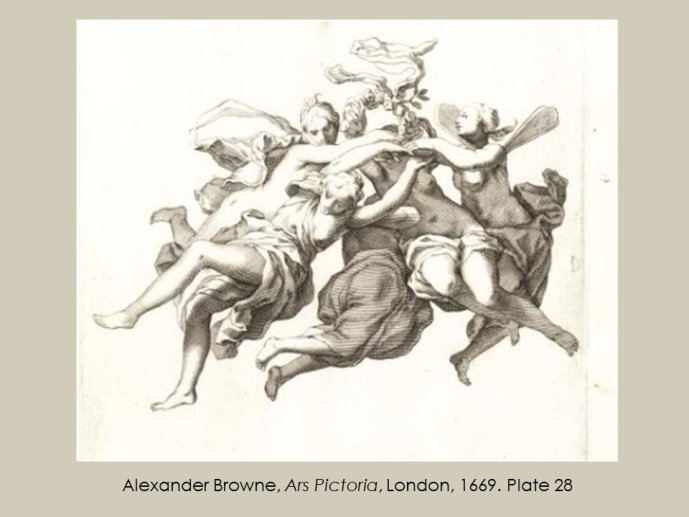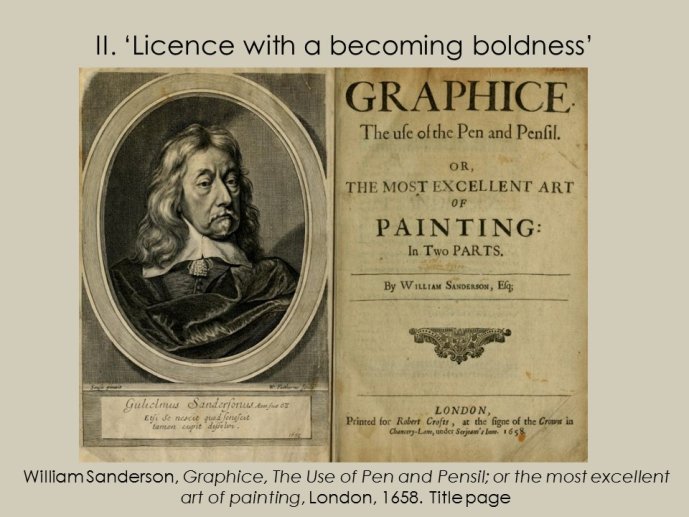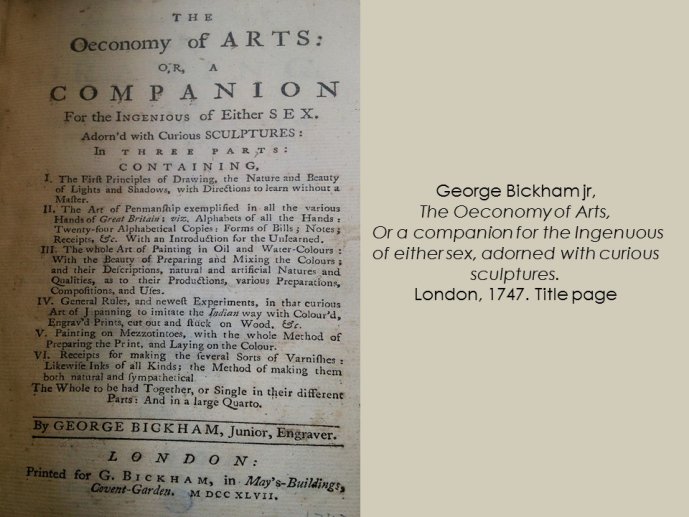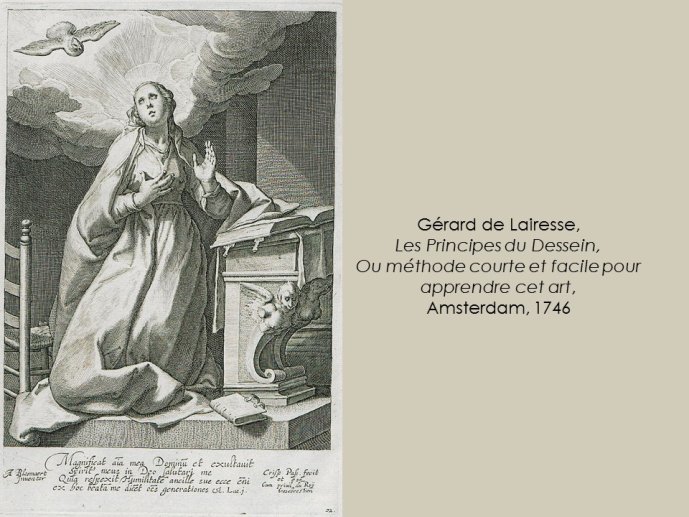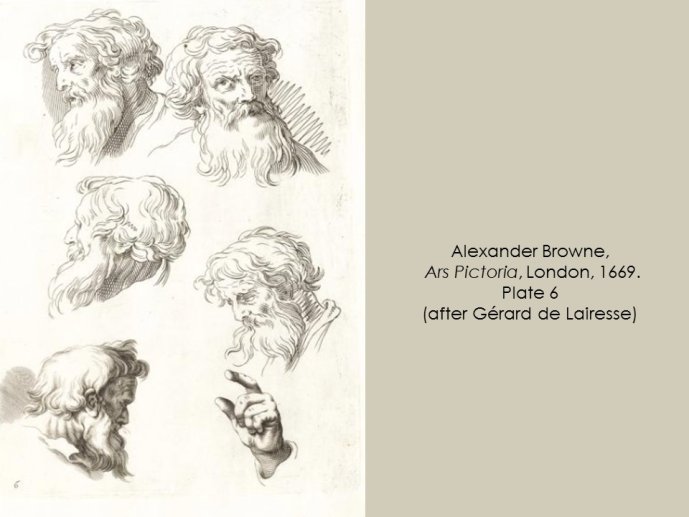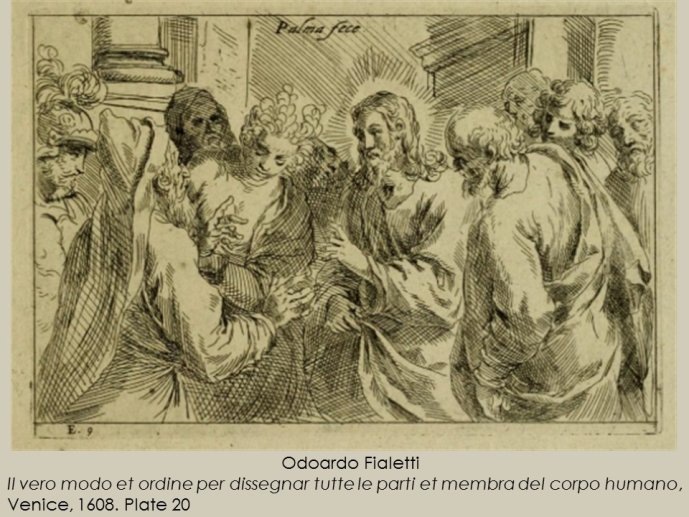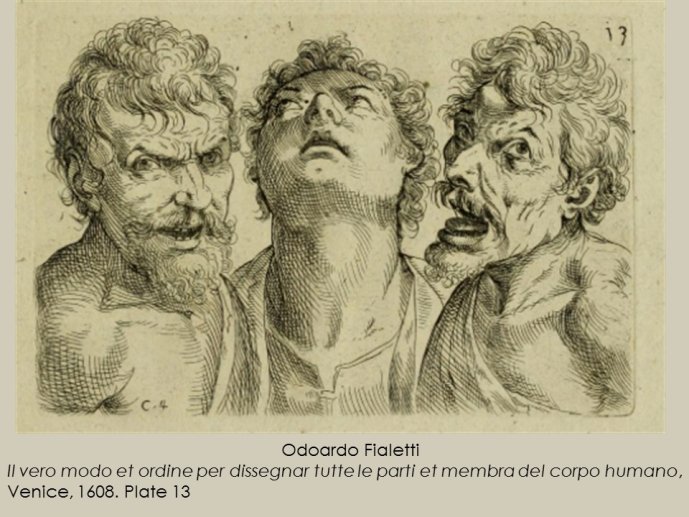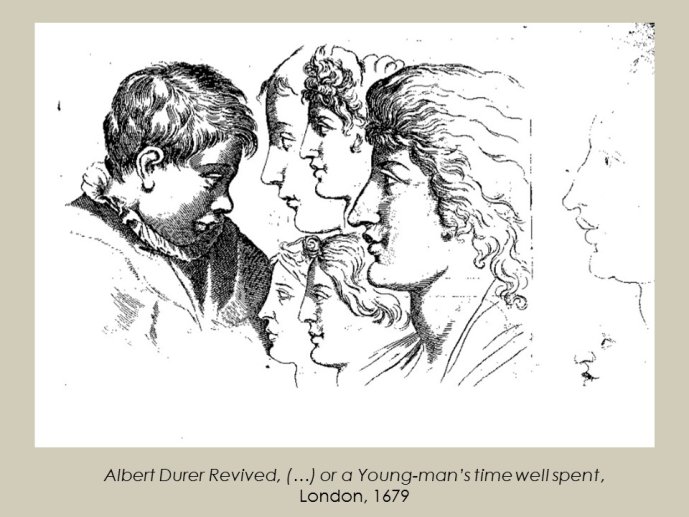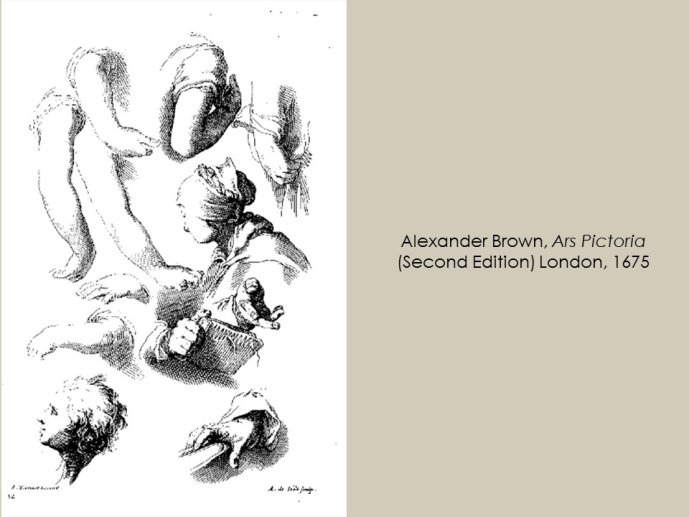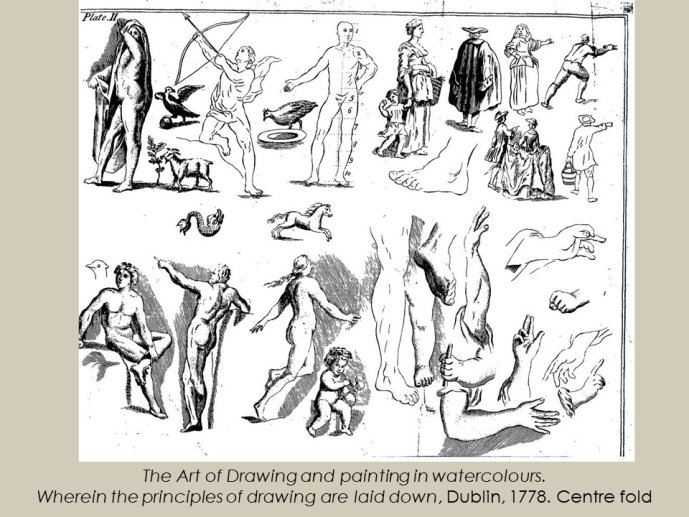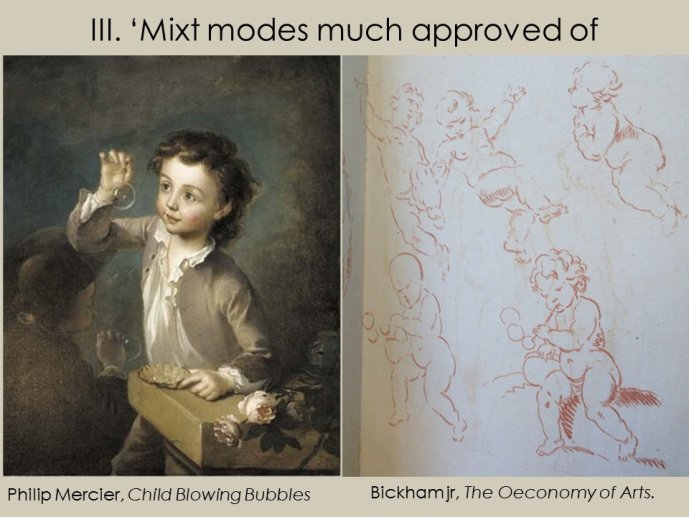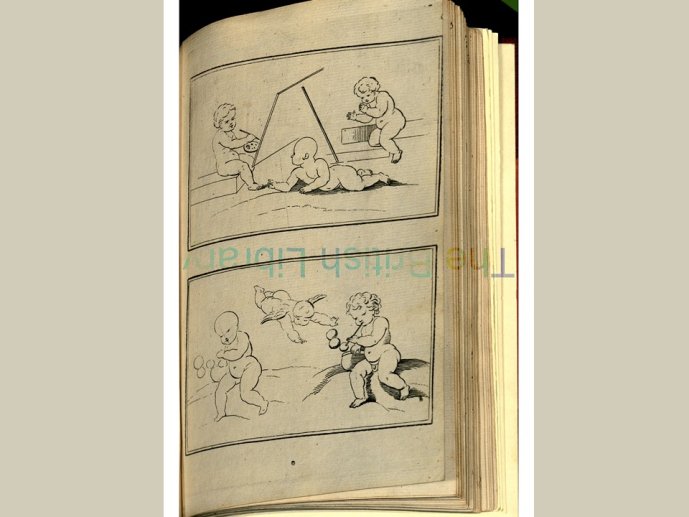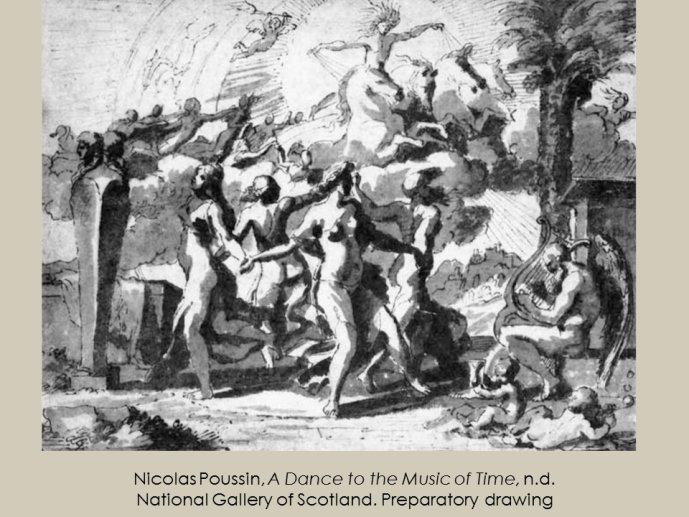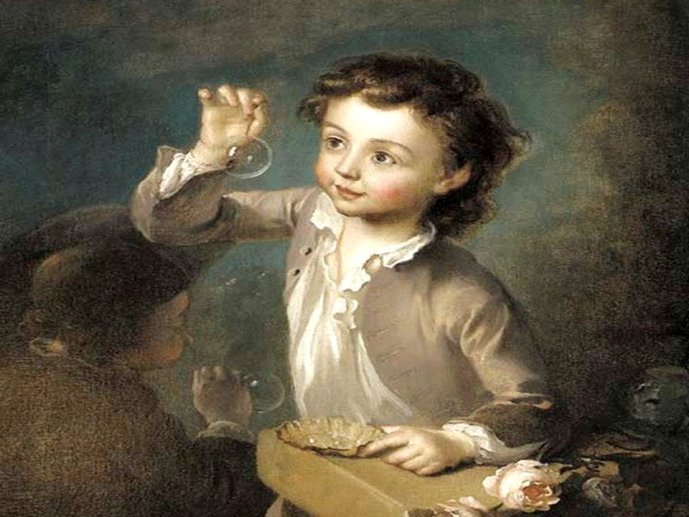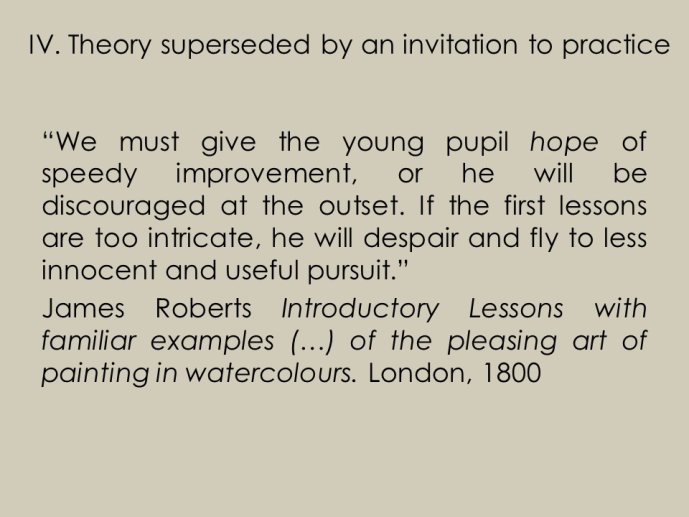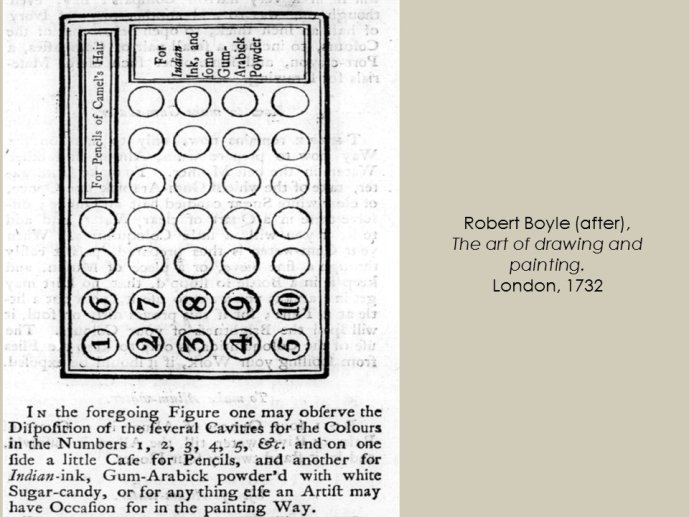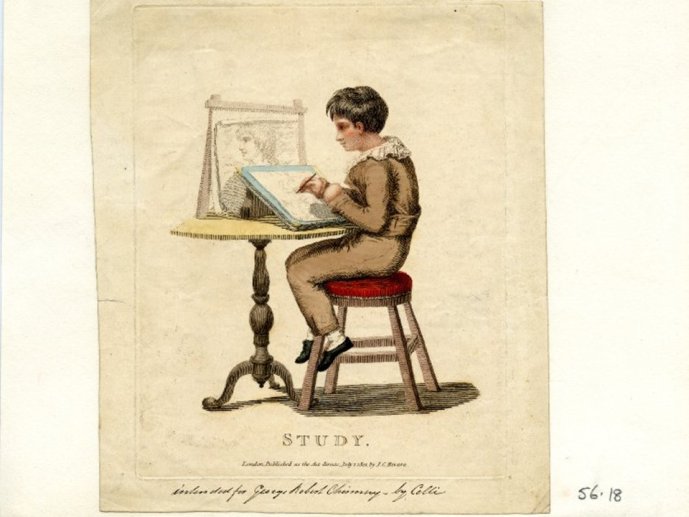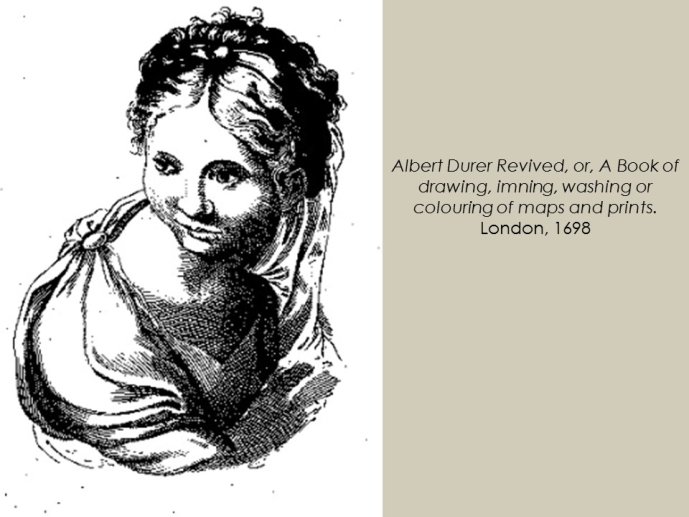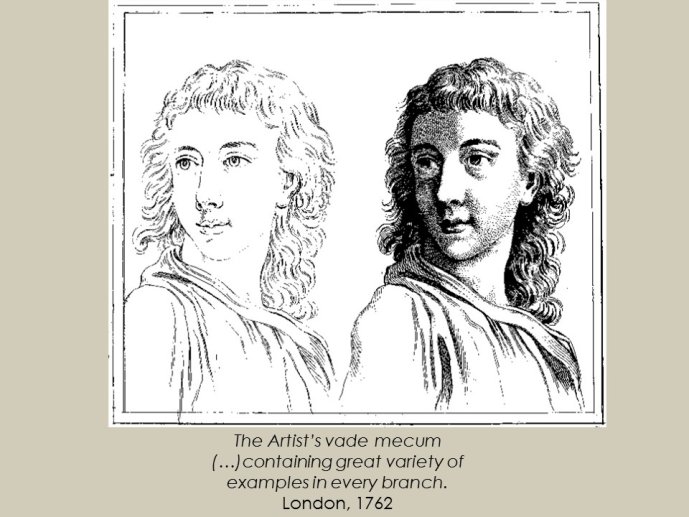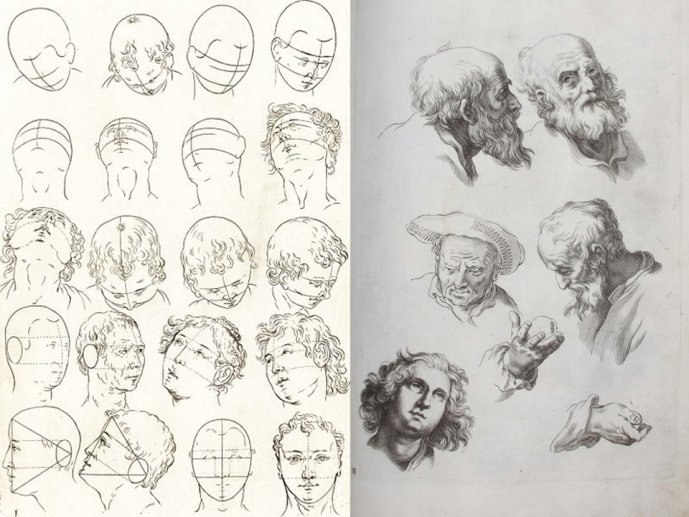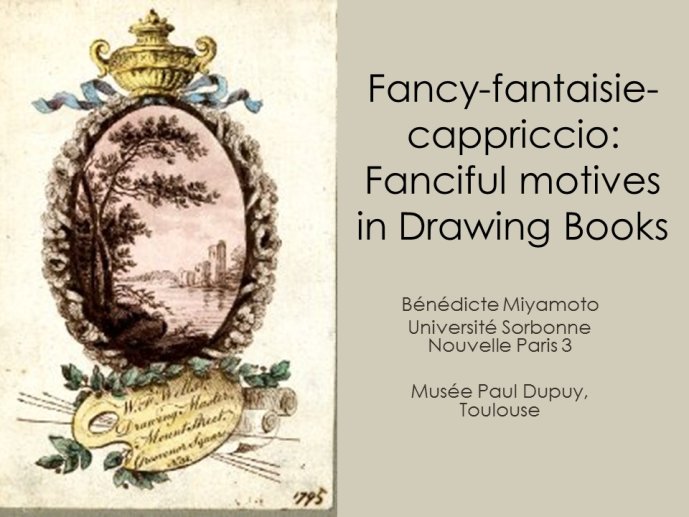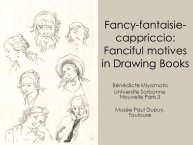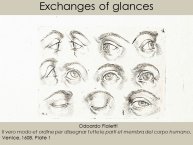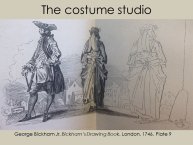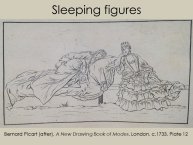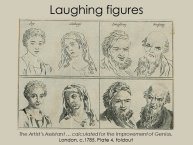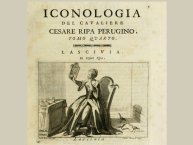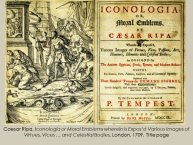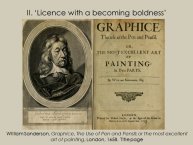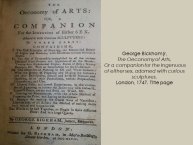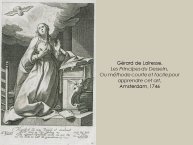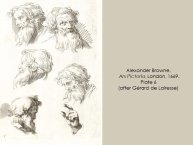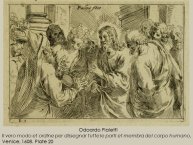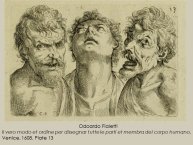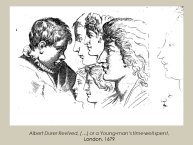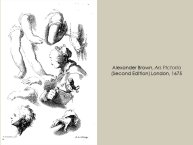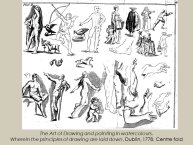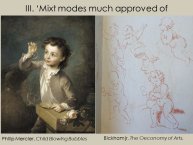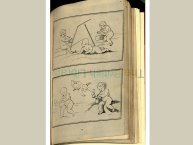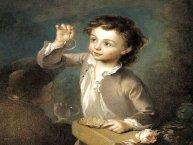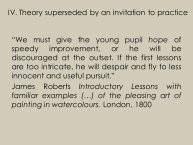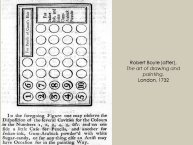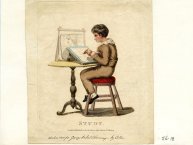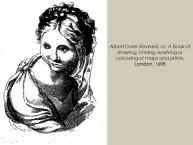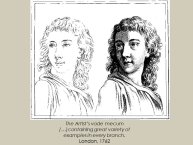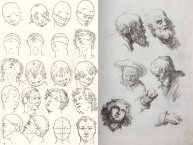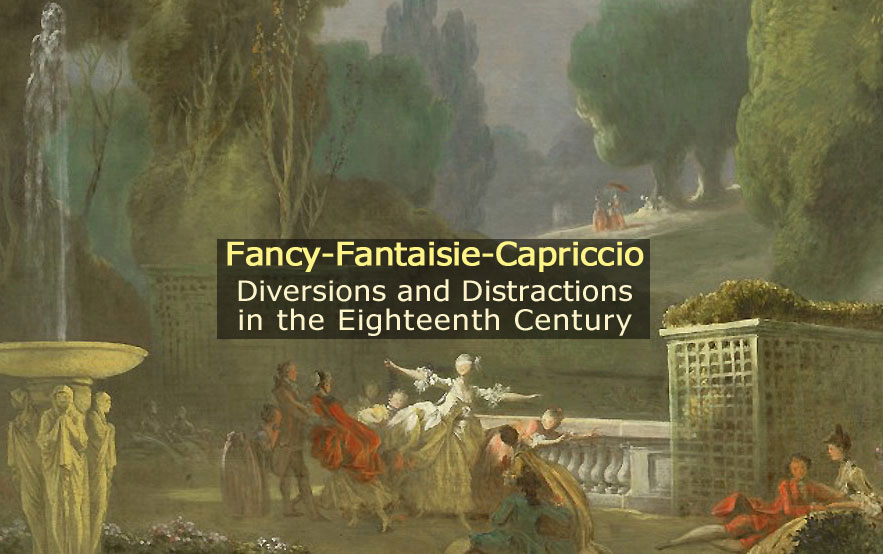Notice
‘As Whimsical and Chimearical as their Forms Are’ : Ornamental and Fanciful Motives in English Drawing Books / Bénédicte Miyamoto
- document 1 document 2 document 3
- niveau 1 niveau 2 niveau 3
Descriptif
‘As Whimsical and Chimearical as their Forms Are’ : Ornamental and Fanciful Motives in English Drawing Books / Bénédicte Miyamoto, in colloque international organisé, sous la responsabilité scientifique de Muriel Adrien, Melissa Percival et Axel Hémery, par l’Université Toulouse Jean Jaurès et l’Université d’Exeter. Toulouse, Musée Paul-Dupuy, 3-4 décembre 2015.
In 1715, Jonathan Richardson recommended in his Essay on the Theory of Painting “that all creatures of the Imagination ought to have Airs and Actions given ‘em as Whimsical and Chimaerical as their Forms are,” and his personal collection of drawing dispersed upon his death had many an example of such “Grotesques.” This collection advertised what his writings on art had recommended – that lovers of art should train their connoisseurship by becoming familiar with drawing, and the fruitful comparison between ancient and modern master’s drawings. The production of drawing books and drawing manuals in England was not entirely devoted to the reproduction of European norms – and indeed, the translations of Lomazzo or de Lairesse’s works in England were transformed, purged and English’d sometimes with considerable freedom. Increasingly, such manuals become repositories of patterns and “Whimsical and Chimearical“ forms, distancing themselves from repetitive anatomical sketches to present variations of figures and creatures to be freely associated in amateur composition or in decorative motives. Creativity thus engaged the readers of such manuals to diverge from the norms and rules offered by the translated texts, and to focus instead on the increasingly abounding picture plates, and their seemingly never-ending narrative possibilities. My study will engage with the recurring motives that criss-cross British drawing manuals and fancy pictures. Advertisements for drawing academies and trade cards for drawing masters – which could not display the wealth of examples a full drawing manual could – often chose the chimerical, ornamental or fanciful motives to best advertise their talents. Thus it indicated a certain formalisation of amateur draughtsmanship, of its methods and of its appropriate and most popular subjects – a formalisation that was also reflected in the limited scope of cheap drawing books.
Intervention / Responsable scientifique
Thème
Documentation
Références documentaires
MIYAMOTO, Bénédicte (2014). 'Bidding as a Guide to British Visual Preference: A Late Eighteenth-Century Case Study’, in Neil De Marchi, Sophie Raux (eds.), Moving Pictures: Intra-European Trade in Images, 16th-18th Centuries, Turnhout (Belgium), Brepols Publishers, 326 p.
MIYAMOTO, Bénédicte (2012). ’Making pictures marketable’: expertise and the Georgian art market, in Charlotte Gould, Sophie Mesplede, Marketing Art in the British Isles, 1700 to the Present, Farnham, Ashgate Publishing, 119-135.
ROBERTS, James (1800). Introductory lessons, with familiar examples in landscape, for the use of those who are desirous of gaining some knowledge of the pleasing art of painting in water colours. London, W. Bulmer and Co, 65 p. [En ligne : https://archive.org/details/gri_33125011207640].
LAIRESSE, Gérard de (1746). Les Principes du Dessein, ou Méthode courte et facile pour apprendre cet art, Amsterdam, Arkstée et Merkus, 275 p. [En ligne : https://archive.org/details/gri_33125010679211].
RICHARDSON, Jonathan (1725). An essay on the theory of painting. London, A. Bettesworth, 279 p. [En ligne : https://archive.org/details/essayontheoryofp00rich].
RIPA, Caesar (1709). Iconologia or Moral Emblems, wherein are express'd, various images of virtues, vices... London, printed by Benj. Motte, 190 p. (rééd. Nabu Press, 2014). [En ligne : https://archive.org/details/iconologiaormora00ripa].
> Voir aussi la bibliographie à télécharger dans l'onglet "Documents".
Dans la même collection
-
Modelling for the Fancy Picture: fact, fiction and fantasy / Martin Postle
PostleMartinModelling for the Fancy Picture: fact, fiction and fantasy / Martin Postle, in colloque international "Fancy‒Fantaisie‒Capriccio. Diversions and Distractions in the Eighteenth Century" organisé, sous
-
Fancying Nature: the posterity of Joseph Addison’s ‘Pleasures’ in English Enlightenment culture / F…
OgéeFrédéricFancying Nature: the posterity of Joseph Addison’s ‘Pleasures’ in English Enlightenment culture / Frédéric Ogée, in colloque international "Fancy‒Fantaisie‒Capriccio. Diversions and Distractions in
-
The many peopled wall: Fancy Pictures and Annual Exhibitions in Eighteenth-Century London / John Chu
ChuJohnThe many peopled wall: Fancy Pictures and Annual Exhibitions in Eighteenth-Century London / John Chu, in colloque international organisé, sous la responsabilité scientifique de Muriel Adrien, Melissa
-
British Capricci: from the Picturesque to the Sublime / Hélène Ibata
Pharabod-IbataHélèneBritish Capricci: from the Picturesque to the Sublime / Hélène Ibata, in colloque international organisé, sous la responsabilité scientifique de Muriel Adrien, Melissa Percival et Axel Hémery, par l
-
Le coq et le léopard. Portrait et petite histoire des collections de peintures britanniques du musé…
FaroultGuillaumeLe coq et le léopard. Portrait et petite histoire des collections de peintures britanniques du musée du Louvre / Guillaume Faroult, in colloque international organisé, sous la responsabilité
-
Figures de fantaisie de Jean-Baptiste Santerre et limites des cadres génériques d’interprétation / …
Faure-CarricaburuEmmanuelFigures de fantaisie de Jean-Baptiste Santerre et limites des cadres génériques d’interprétation / Emmanuel Faure-Carricaburu, in colloque international organisé, sous la responsabilité scientifique
-
La production gravée parisienne au cœur de l’invention d’un genre ? Les «fantaisies» de Poilly et C…
GuillouetChristopheLa production gravée parisienne au cœur de L’invention d’un genre ? Les «fantaisies» de Poilly et Courtin (1710–1728) / Christophe Guillouet, in colloque international organisé, sous la
-
De la fantaisie des éventails aux éventails de fantaisie / Pierre-Henri Biger
BigerPierre-HenriDe la fantaisie des éventails aux éventails de fantaisie / Pierre-Henri Biger, in colloque international organisé, sous la responsabilité scientifique de Muriel Adrien, Melissa Percival et Axel
-
"A Butterfly Supporting an Elephant": Chinoiserie in Eighteenth-Century England, or "the Luxuriance…
Alayrac-FieldingVanessa"A Butterfly Supporting an Elephant": Chinoiserie in Eighteenth-Century England, or "the Luxuriance of Fancy" / Vanessa Alayrac, in colloque international organisé, sous la responsabilité scientifique
-
Réminiscences vénitiennes et hybridité culturelle dans les vues et capricci anglais de Canaletto / …
CervantesXavierRéminiscences vénitiennes et hybridité culturelle dans les vues et capricci anglais de Canaletto / Xavier Cervantes, in colloque international organisé, sous la responsabilité scientifique de Muriel
-
Du cabinet privé à la villa suburbaine : caprices et fantaisies artistiques dans la capitale des Lu…
Fernández AlmogueraAdriánDu cabinet privé à la villa suburbaine : caprices et fantaisies artistiques dans la capitale des Lumières espagnoles / Adrián Fernández Almoguera, in colloque international organisé, sous la
-
Fancy a Garden? The Hortulean Pleasures of Imagination and Virtuality / Laurent Châtel
ChâtelLaurentFancy a Garden? The Hortulean Pleasures of Imagination and Virtuality / Laurent Châtel, in colloque international organisé, sous la responsabilité scientifique de Muriel Adrien, Melissa Percival et
Sur le même thème
-
The many peopled wall: Fancy Pictures and Annual Exhibitions in Eighteenth-Century London / John Chu
ChuJohnThe many peopled wall: Fancy Pictures and Annual Exhibitions in Eighteenth-Century London / John Chu, in colloque international organisé, sous la responsabilité scientifique de Muriel Adrien, Melissa
-
British Capricci: from the Picturesque to the Sublime / Hélène Ibata
Pharabod-IbataHélèneBritish Capricci: from the Picturesque to the Sublime / Hélène Ibata, in colloque international organisé, sous la responsabilité scientifique de Muriel Adrien, Melissa Percival et Axel Hémery, par l
-
Figures de fantaisie de Jean-Baptiste Santerre et limites des cadres génériques d’interprétation / …
Faure-CarricaburuEmmanuelFigures de fantaisie de Jean-Baptiste Santerre et limites des cadres génériques d’interprétation / Emmanuel Faure-Carricaburu, in colloque international organisé, sous la responsabilité scientifique
-
La production gravée parisienne au cœur de l’invention d’un genre ? Les «fantaisies» de Poilly et C…
GuillouetChristopheLa production gravée parisienne au cœur de L’invention d’un genre ? Les «fantaisies» de Poilly et Courtin (1710–1728) / Christophe Guillouet, in colloque international organisé, sous la
-
"A Butterfly Supporting an Elephant": Chinoiserie in Eighteenth-Century England, or "the Luxuriance…
Alayrac-FieldingVanessa"A Butterfly Supporting an Elephant": Chinoiserie in Eighteenth-Century England, or "the Luxuriance of Fancy" / Vanessa Alayrac, in colloque international organisé, sous la responsabilité scientifique
-
Réminiscences vénitiennes et hybridité culturelle dans les vues et capricci anglais de Canaletto / …
CervantesXavierRéminiscences vénitiennes et hybridité culturelle dans les vues et capricci anglais de Canaletto / Xavier Cervantes, in colloque international organisé, sous la responsabilité scientifique de Muriel
-
Fancy a Garden? The Hortulean Pleasures of Imagination and Virtuality / Laurent Châtel
ChâtelLaurentFancy a Garden? The Hortulean Pleasures of Imagination and Virtuality / Laurent Châtel, in colloque international organisé, sous la responsabilité scientifique de Muriel Adrien, Melissa Percival et

